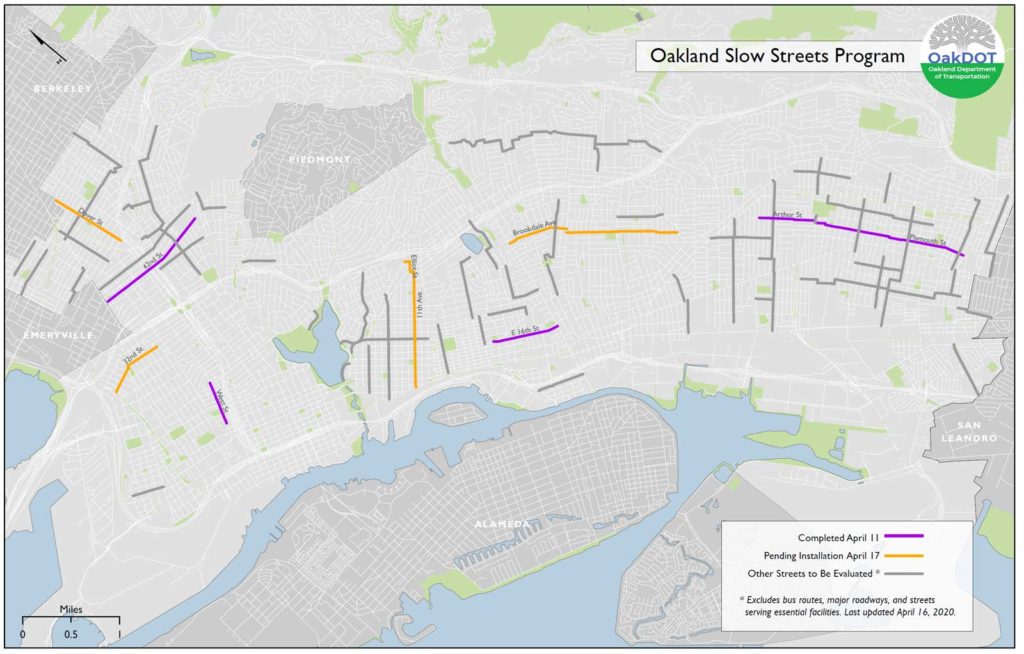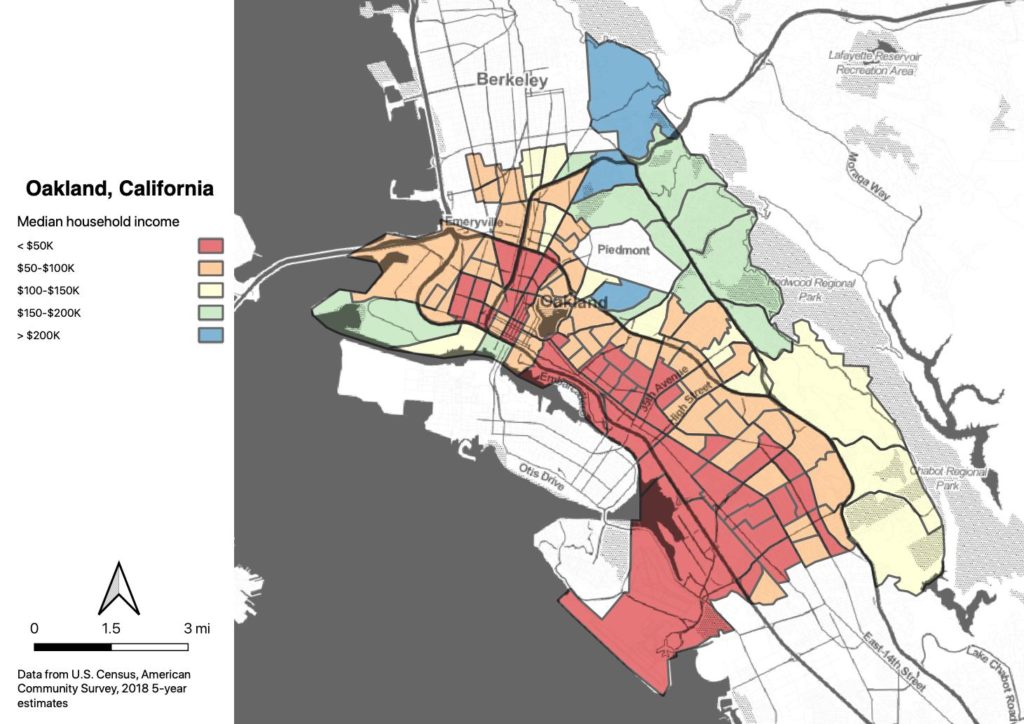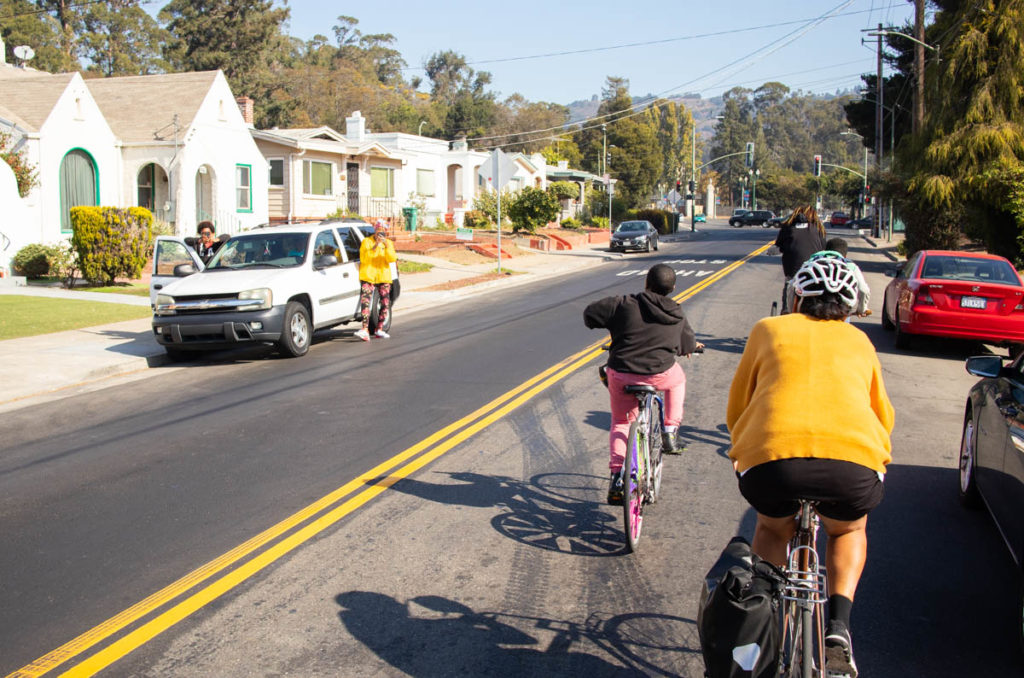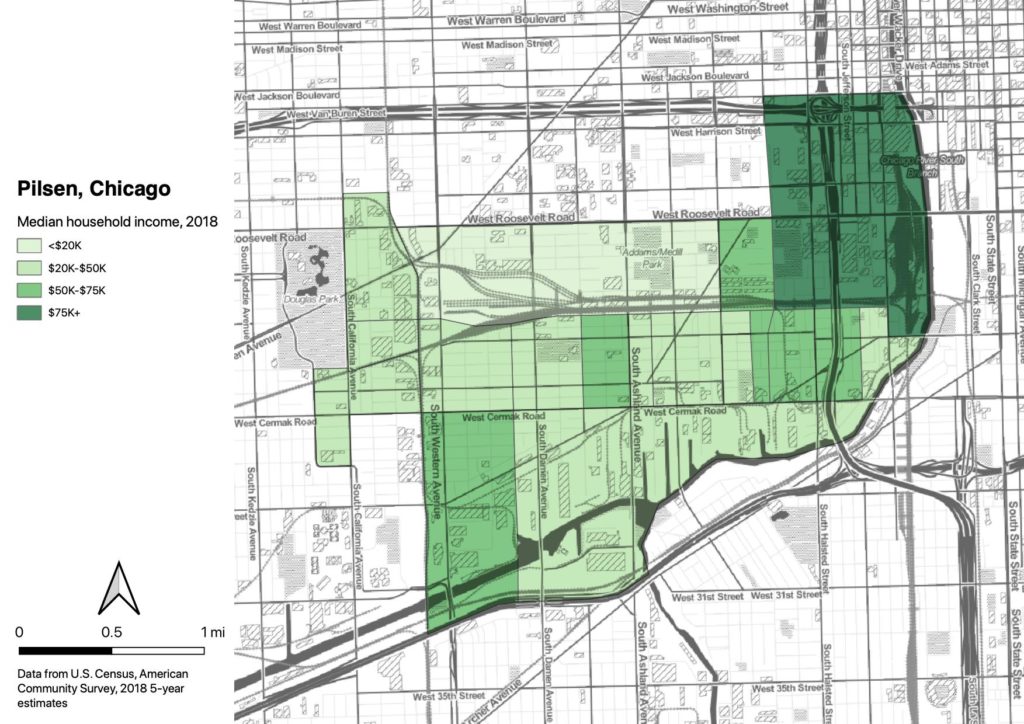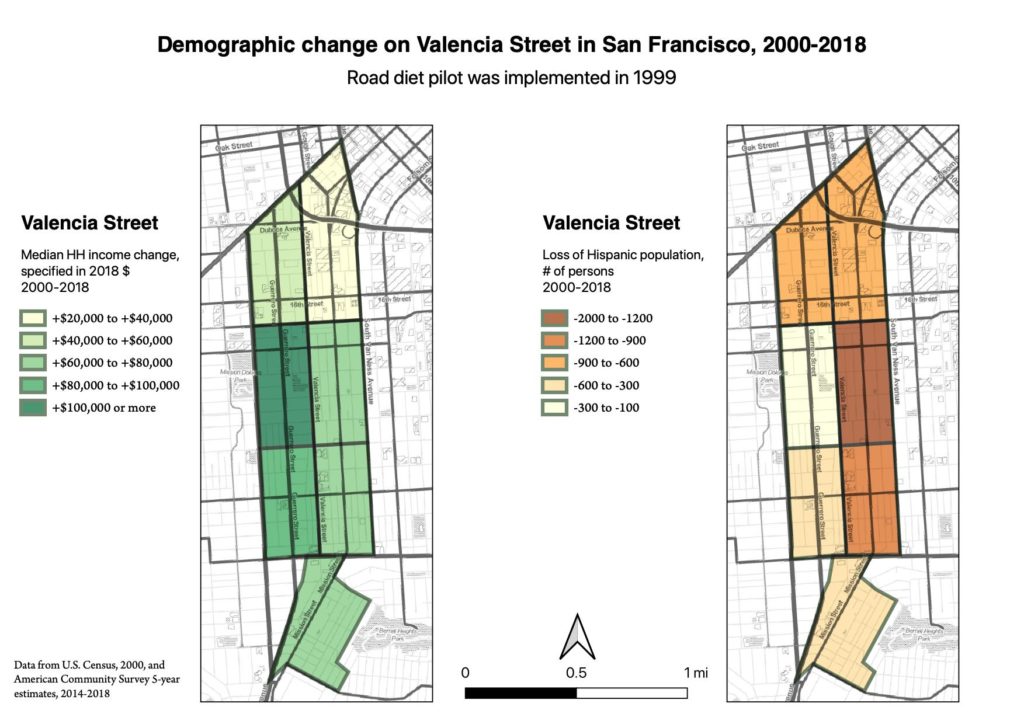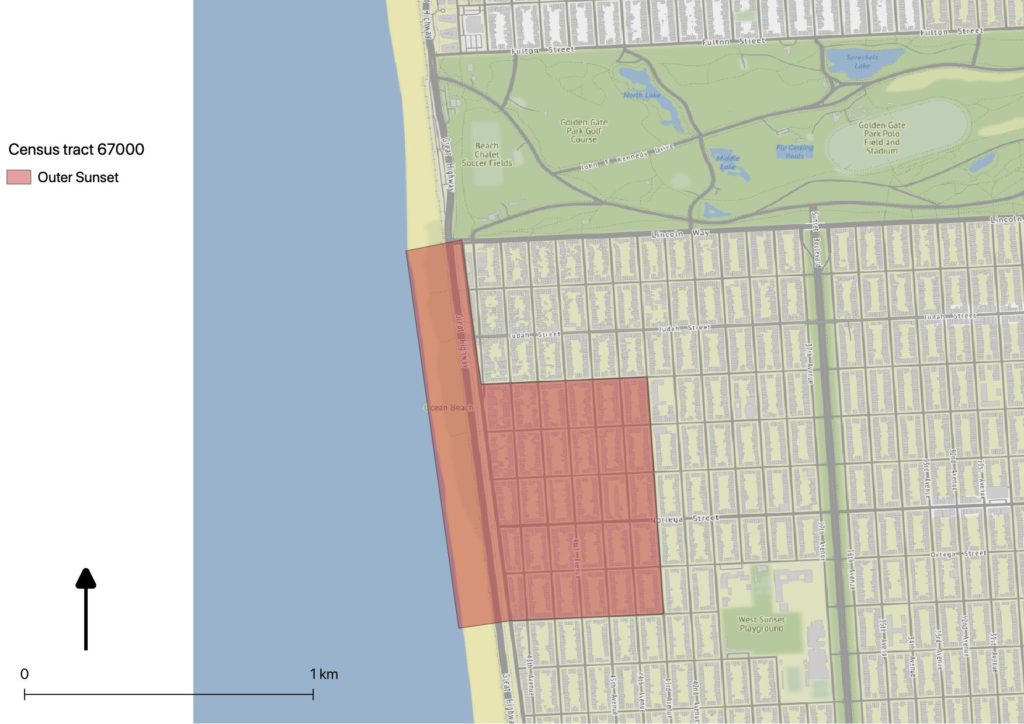As I was saying…
I’d been working on my post about disproportionate impact since before COVID-19 hit the Bay Area, but it happened to land in the middle of a broad conversation about the disproportionate impact of the pandemic on poor and working-class BIPOC, and the opening of Oakland’s opportunistic Slow Streets program, which streets advocates across the country are now demanding their cities emulate.
Last night Oakland held its weekly COVID-19 town hall; the segment led by Warren Logan, Libby Schaaf’s Director of Mobility and Interagency Relations, really made the point about how we’re equity-washing streets programs.

